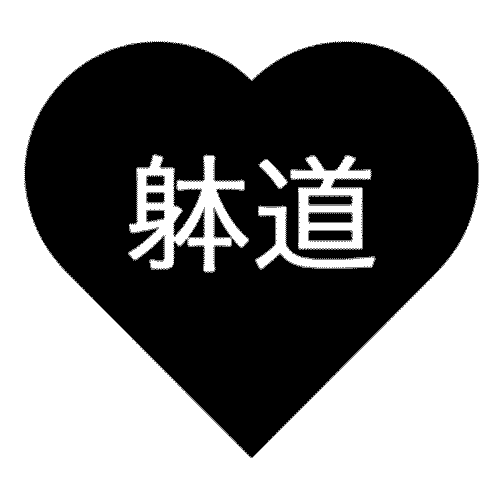Toyonaka Taido is my dojo. Well, not my dojo, but the dojo I primarily train at. Toyonaka is one of the northern suburbs of Osaka; I live in neighboring Suita, so the commute is fairly painless. We practice at Budokan Hibiki, which is a large public training hall, and we usually have plenty of space to work out. Though quite small, Toyonaka Taido is the main group in Osaka. All together, we have about fifteen members, most of us black belts between 25 and 45 years old. We have one 5dan, a few 4dan, some other black belts, a handful of rainbow belts, and sporadic small numbers of children. Sadly, there are only four women. Our official leader is Akitoshi Nakata. Though he has a pretty laid back management style, Nakata is really consistent in making sure that Taido stays active in Osaka. No matter what, he never misses a practice. Nakata tends to lead by telling jokes that make you want go along with him, and his influence can be very subtle. Since Nakata is typically standing by and guiding things from the background, a lot of the teaching duties are handled by about three of us: a Buddhist priest, manjigeri, and me. Training is held most Tuesday and Saturday evenings for one and a half to two hours. Since most of our members are adults with jobs and real-life commitments, attendance fluctuates, and it's often impossible to predict who will show up on a given night. As a result, the training program varies to reflect the needs of those present. I joined the dojo in April of 2008, just a couple of weeks after moving to Osaka. Around the same time, we also had two other transplants from the Tokyo area: former national jissen champ Masahito Sato, and Kitasato and Korenkan alum Takeo Suzuki. Before we arrived, most of the members (with a couple of exceptions) had practiced together since beginning Taido in university. As a result of this influx of new blood, we've had an interesting mix of training styles and ideas getting tossed around for the past few months. Mr. Manji's style is based on kihon. Yoshimoto (the priest) tends to focus on using unsoku and connecting it with techniques. Sato has been working on getting everyone to take the opponent's back in jissen. Takeo brings us a lot of drill ideas he learned from Nakano. I've been trying to build everyone's physical foundations so they can do all the other stuff better. Lately, we've begun to settle into some patterns that incorporate everyone's best ideas. The challenge is to give everyone the chance to develop their own Taido in the most effective manner. Practice has to improve our skills (techniques, movement, and hokei), attributes (physical ability, strength, stamina), and strategies (application in jissen and defense), time is really short. Since most of our members aren't able to devote more than two or three hours a week to training, efficiency is a big concern for us. Every dojo has its own style and traditions, and ours is no exception. We don't do a a lot of tournament training, because most tournaments are too far away to attend often. We also have a stronger connection to Okinawan karate than most Taido dojo, and a few of us even practice some Genseiryu kata. Everyone in our dojo has the chance to think for themselves and "choose their own adventure," so to speak. Still, perhaps the strongest of Taido traditions enjoys a place in almost every dojo: beer. We like to hang out outside of training. After practice on most Saturdays, we hang out and have a few beers at a Chinese place by the train station. Nakata and I often talk about martial arts movies - he's the only Japanese person I've ever met who knows about the "Shogun of Harlem." His brother has a (probably unhealthy) obsession with the Star Wars movies. One of our members looks uncannily like Bruce Lee. Yoshimoto is friends with Taido "comedian," TAIGA, so we try to laugh when he's on TV (easier said than done). Osaka is a whole different Japan from places I've lived before. People in Osaka speak different Japanese and eat different foods. There's been a lot of adjustment for my girlfriend and I to live here, but the crew in Toyonaka has helped make it fairly painless. For our birthdays last June, they threw us a small party and gave us (among other things) a takoyaki maker. The first time we made takoyaki at our apartment, we felt, briefly, like we could be at home here. Toyonaka Taido is good stuff and good people. I also train with other dojo as often as possible, but I really enjoy working out with this group. We have a lot of fun, and I think we're all getting better. If you can read Japanese, be sure to check out our training blog. For the English version, here's my personal training log.
